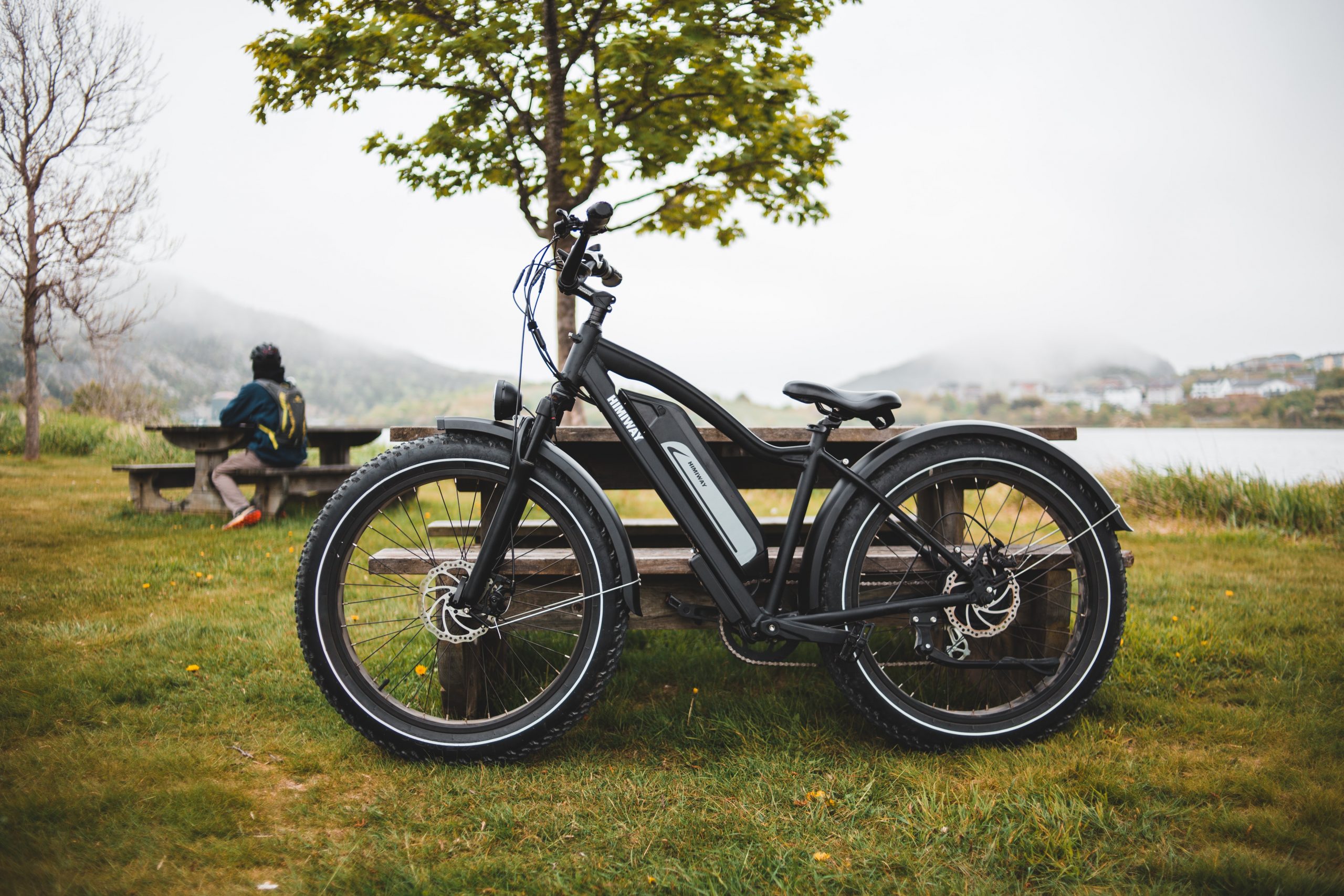Whether you are a parent, older sibling, or have some other connection with a child, one of the most precious memories you can create is helping them learn how to ride a bike. Bike riding is an experience all children should have, and to guarantee that it is a good one, it is essential to ensure that their bike is suitable for their little bodies.
A crucial aspect of a bike you should pay close attention to is the wheels. Depending on your child’s size, fit, and growth, you may choose a particular kid’s bike wheel size. If you need help choosing the correct bike size for your child, refer to our bike size chart below, and learn all about why the wheel size is essential and how you can determine the right size for your kid.
Why Is the Wheel Size Important?

The size of the wheels matters because it determines what level of rolling resistance you get while biking on various trails. For example, larger bike wheels have the advantage of what is known as the “angle of attack”. This term refers to the angle at which objects on the ground hit the wheel while rolling over it. The larger the wheel, the easier it will roll over obstacles and maintain the speed regardless of the terrain.
A larger wheel also translates to a larger contact patch size, which means that various actions such as braking, cornering, and even climbing will be more effortless due to the friction created between the wheel and road surface.
However, smaller wheels have their advantages too. They are generally lighter, thus offering the bike better acceleration due to the higher effective gear ratio for the power train. In addition, while riding, you would not have to worry as much about pushing into a stubborn headwind by pedaling more than usual, because wheels with smaller diameters tend to lose less speed against wind resistance.
How to Find the Right Bike Size
Figuring out the right kid bicycle tires can be challenging. The wheels’ size directly correlates with the bike’s frame size; the larger the wheel diameter, the larger the frame size. There are a few steps to determining the size of your kid’s bicycle and tires, starting from a general estimate based on age, then measuring the kid and their inseam, and finally considering their fit and growth.
Kid’s bike size chart
Follow the chart below to determine what bike and wheel sizes you should get for your child, based on their age, height, and inseam.
| Child’s height | 36” – 39” | 37” – 44” | 41” – 48” | 45” – 54” | 49” – 59” | 56” + |
| Child’s inseam | 15” – 18” | 15” – 20” | 16” – 22” | 19” – 25” | 23” – 28” | 25” + |
| Age | 2 to 3 years old | 3 to 4 years old | 4 to 6 years old | 5 to 8 years old | 8 to 11 years old | 11+ years old |
| Wheel size | 12” | 14” | 16” | 20” | 24” | 26” |
Measure your child
Because there is not only one standard height for children of each age category, you need to consider the child’s measurements before letting them ride a bike of any size.
To mark their height, begin by having your child stand against a wall and then use a measuring tape to measure them from the floor to the top of their head. For an even more detailed measurement, you can also mark their inseam. You can do so by once again having your child stand against a wall, then placing a book between their legs, as high as comfortably possible, and finally, moving them away so you can measure from the floor to the top of the book to determine what their inseam is.
Choose seat height

After measuring the child and determining their bike size based on their age, height, and inseam, you can further ensure the bike fit by choosing a suitable seat height. Since you already measured the inside leg of your kid, now it is all about calculations.
One of the ways to calculate your seat height is by multiplying the inseam number by 0.883 and then subtracting 0.15 inches. For example, if the child’s inseam is 27.5 inches, by multiplying it by 0.883, you get 24.28 inches. From that value, we subtract 0.15 inches and are left with 24.13 inches, which is how high the child seat height should be, measured from the center of the bottom bracket to the top of the seat.
However, if the child is a beginner about to ride their first bike without training wheels, then it is best if they are able to sit on the bike’s seat and still have their feet flat on the ground. So, in such cases, it is best to set the seat at the same height as the child’s inseam.
Consider current fit and growth
Once you have determined some of the features of your child’s bike, the last thing you should consider regarding the type of bike is growth. So you will look for bikes that have a seat height close to the one we determined in the previous step because not only will they be a perfect fit currently, but they will also allow room to grow so your kid can use the bike for a few more years.
Conclusion
Children are mainly preoccupied with the aesthetic aspect of bikes, so it is up to you to ensure their safety by finding the correct sized bike for them. With the few simple steps we mentioned throughout the article, you can narrow down the bike options to the most suitable ones. Once you pick a bike that fits them well, your child can be more confident while riding, learn faster, and most importantly, be safer. The right bike and wheel size will ensure they have better control of the speed and braking.
So, follow our guide, pick a fitting bike for your child, and help them learn the simple pleasures of life, such as a nice and safe bike ride.




